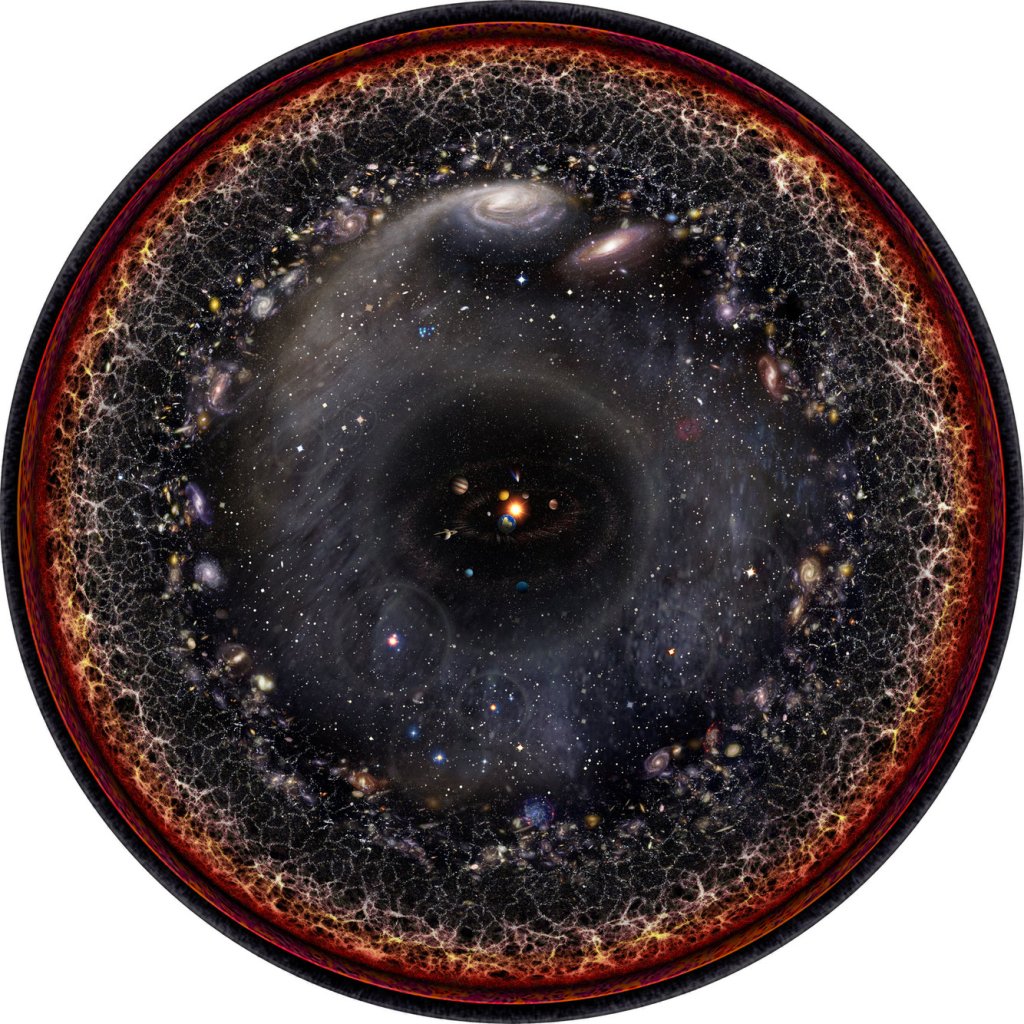Photons are massless particles. They move at the speed of light and do not have an intrinsic mass. And since light is made of photons, we can say that light has no mass. Story over, right?
Did you know that light can exerts a force on objects? This force can cause them to weigh more. Watch this video by Vsauce to see how much a landmass might weigh covered by light as opposed to dark.
Michael explains that light does carry energy and momentum, which allows it to push objects. If light has momentum, can we assume that light has mass? This assumption is a common misconception. As reference, here is Einstein’s mass-energy equivalence:
The misconception is that light has energy, which relates to mass, “m”. Except that the “m” in this formula actually refers to kinetic mass. Light does not have weight or mass. However, light can push objects, making them heavier.
tl;dr Light does not have weight or mass. Light can push an object or even increase its weight.
We Weigh Less in the Dark, technically
First we assume that a human being is a giant sheet facing the sun, since solar radiation pressure is applied in the direction of sunlight.
In Michael’s video, we learn that the pressure light exerts on a surface is about 1e-9 lbs per square inch. Considering the average human has a surface area of 1.9 meters squared, we can formulate:
So the next time you weigh yourself, turn off the lights.. You might not notice, but you just shaved a couple millionths of a pound.
sources:
- Does light have mass? DESY. by Philip Gibbs. 1997.
- What is the mass of a photon? DESY. by Matt Austern, Chase 1992, Gibbs 1998, Koks 2008.
- Mass-Energy Equivalence. Wikipedia. last updated January 5, 2019.
- Radiation Pressure. Wikipedia. last updated December 26, 2018.











